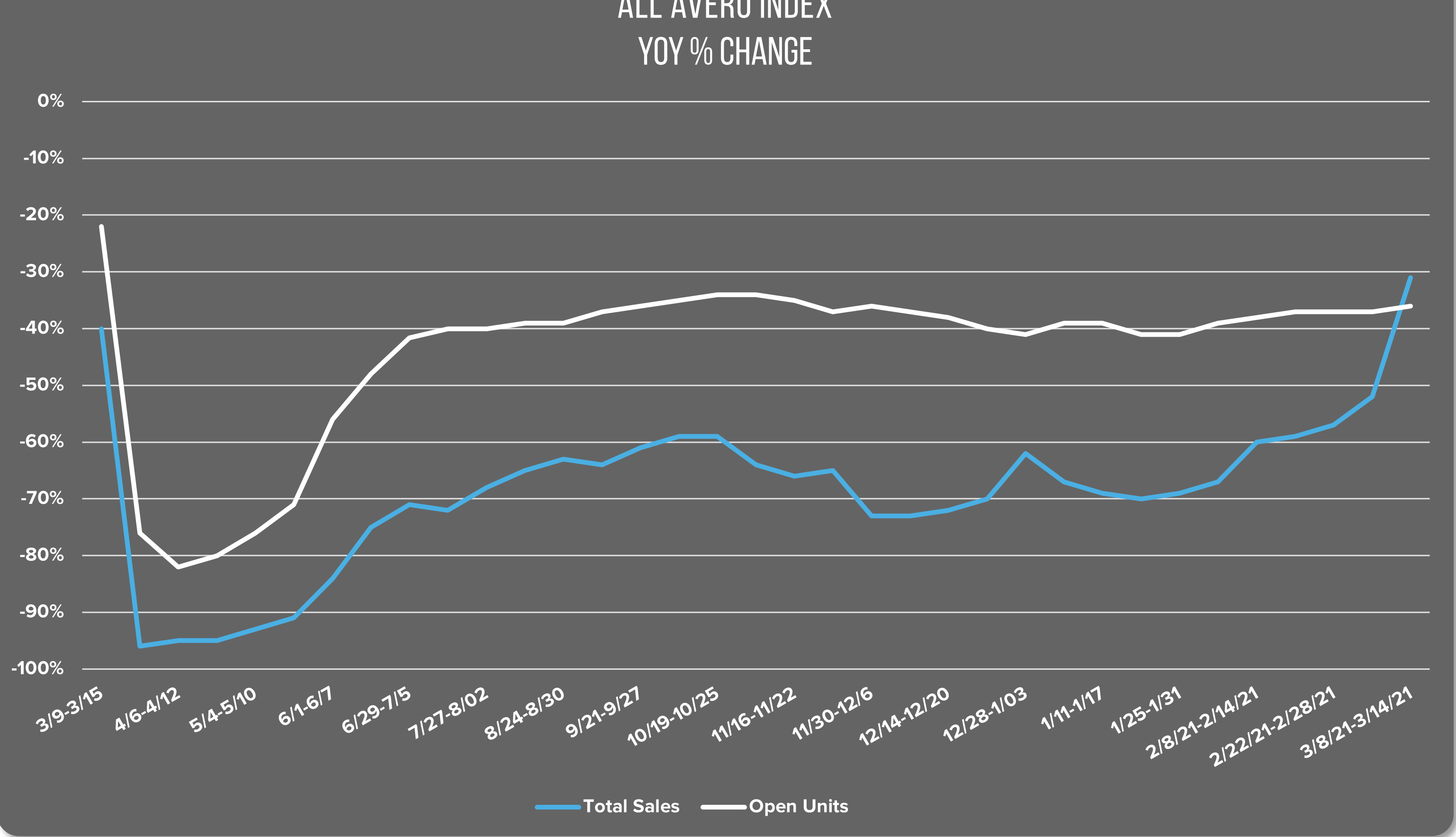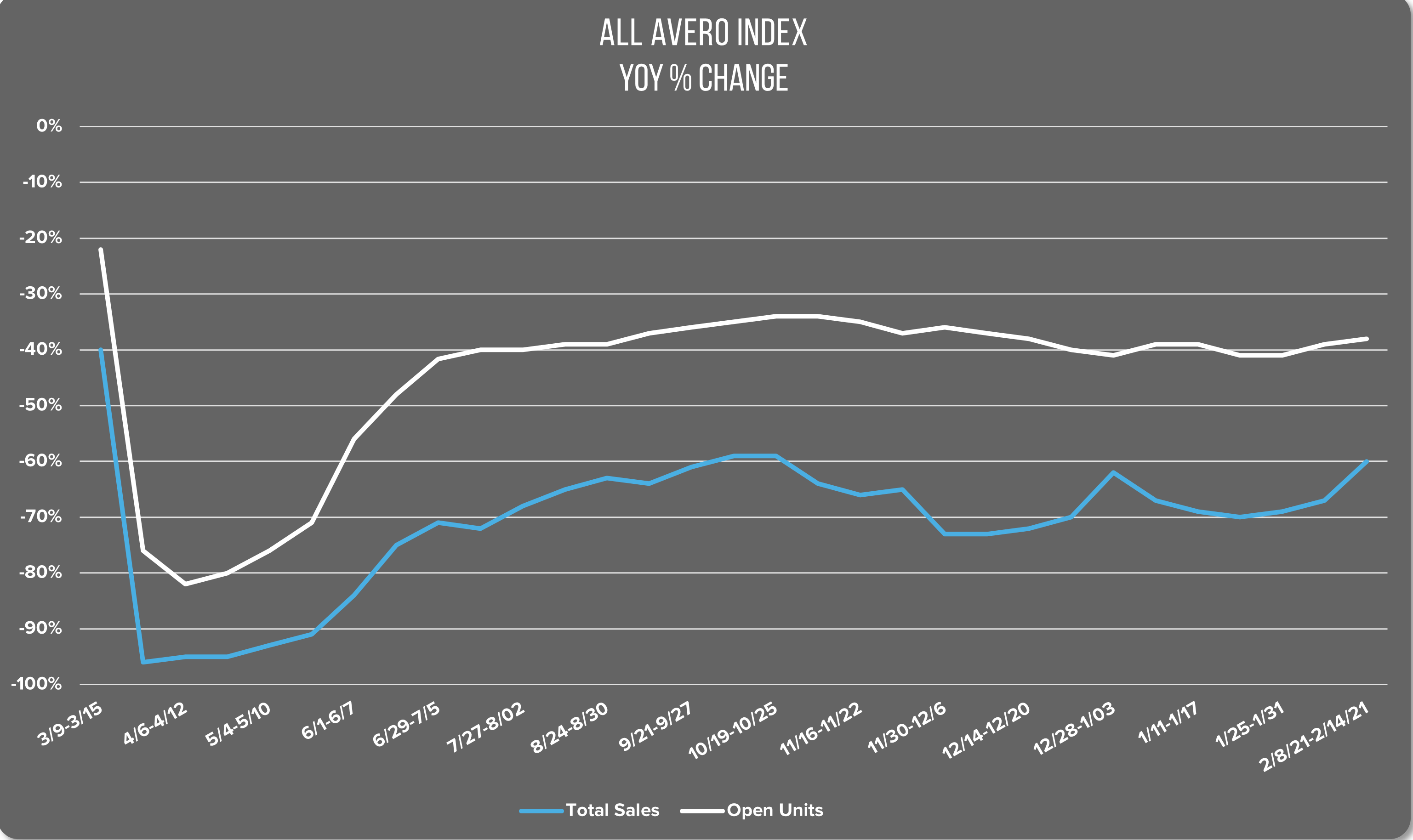 The following is a special guest blog post from Daniela Momo, Marketing Associate at BentoBox
The following is a special guest blog post from Daniela Momo, Marketing Associate at BentoBox
From the moment a guest walks into your restaurant until after they’ve paid the bill, you do everything you can to ensure they have a great experience. But what about the people who haven’t come in yet, but might like to? Chances are the first interaction those people will have with your business is online—specifically, on your website. What can you do to ensure that your website is designed in a way that best serves visitors, and, most importantly, turns them into actual guests? The pros at BentoBox have some tips on how to design a restaurant website that gets you more business.
- Looks Carry Weight: There was a time when restaurant websites were loaded down with music, flash animation, and heavy graphics. Today, it’s more important to have a simple, fast-loading site with a few beautiful photographs and branding that reflect your overall style. This gives both prospective guests and potential employees a sense of what to expect when they walk in to your restaurant or apply to work with you.
- Make it Easy for Your Guests: Much in the same way that you anticipate a guests’ needs in the dining room, think about what they want when they come to your site and design accordingly. Our data shows that when it comes to restaurant sites as a whole, most visitors are looking for the basics about who you are and where to find you: menus, logistical information (location/hours/phone number), reservations, and online ordering (if available). These are the most important pieces of information your website can have, so they should be clearly displayed and super-easy for your guests to read as soon as they land on your homepage. We strongly recommend that restaurants “anchor” this info in a fixed spot on their website so that no matter where your guest scrolls, they can always access the basics at a glance.

- Mobile Matters: With the rise of smartphones, people are no longer confined to their desktops to browse the web. People visit restaurant websites while they’re on the go, often searching for where to eat while they’re in transit or in between tasks. Our data shows that 50% of restaurant website visitors come from mobile and that number spikes just before mealtime, proof that people are turning to their phones to figure out where to eat when they’re hungry. It’s important to have a website that’s designed to adapt to mobile devices automatically so that your website is as useful on a phone or tablet as it is on a bigger screen.
- Don’t Forget About SEO: Search Engine Optimization is how Google and other search engines find your website and show it to people who are looking for it. For restaurants, one of the biggest SEO drivers is the menu, so it’s important to post your menus as HTML text on your site rather than uploading a separate PDF that search engines can’t “read.” That way when someone searches for “best burger” in your area, the search engine “sees” your delicious dry-aged burger with caramelized onions and bumps your website to the top of the list!
Get more restaurant website tips and goodness from BentoBox here. If you’re a restaurant owner or operator, get a BentoBox demo here.





